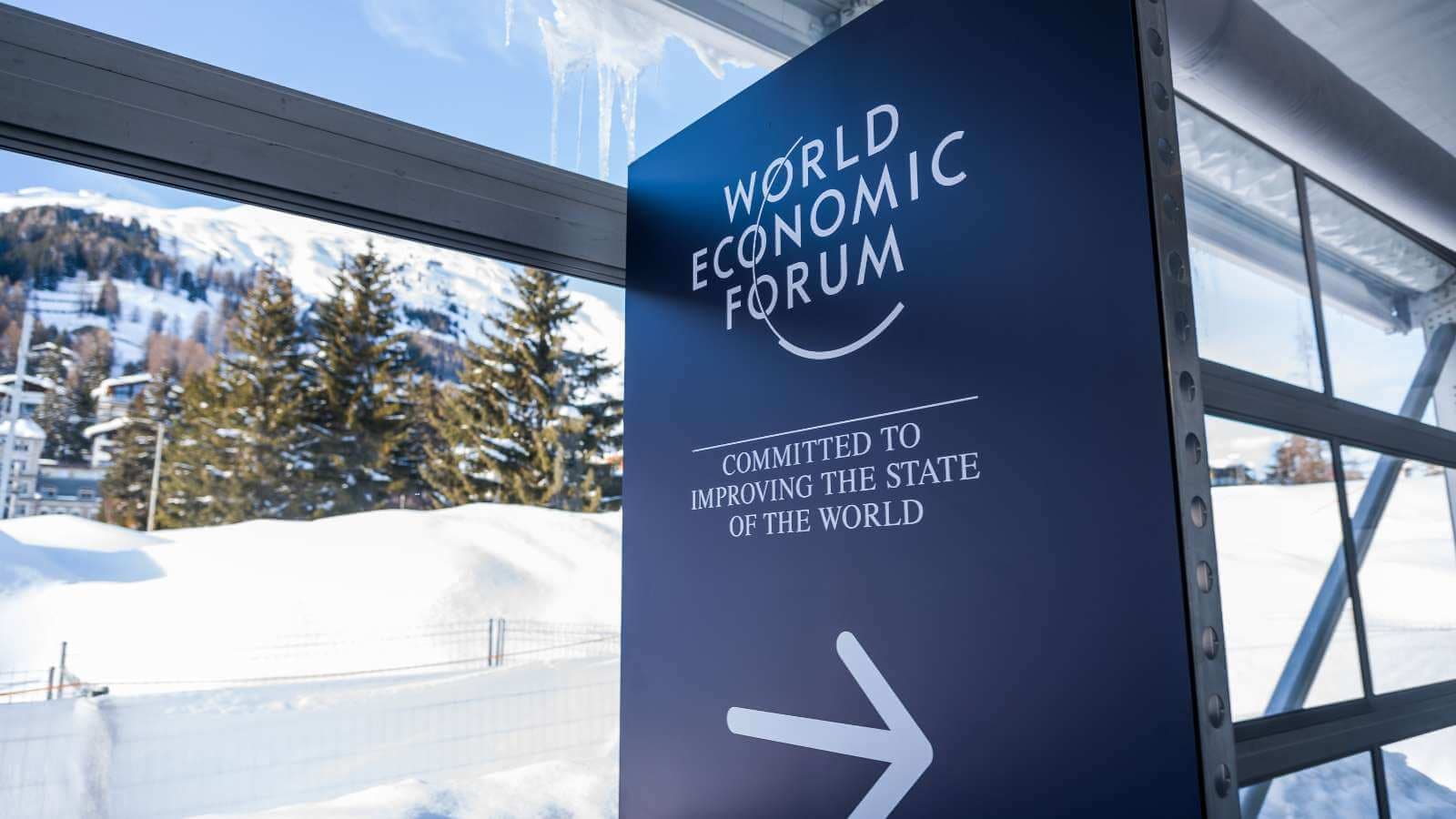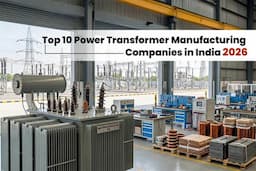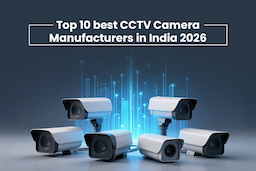Net zero by 2070 is a crystal-clear target with a timeline. What are the carbon emission challenges facing EPC companies in India? How can EPC companies be a part of the supply chain solution? What are the rewards if any for EPC companies in India for meeting the target of net zero emissions?
Cost Benefit Analysis of EPC Companies’ Mandate to Reach Net Zero Carbon Emissions
Manufacturing and construction, energy, and logistics are the three most important components of the supply chain of EPC companies.
Of the gross GHG emissions of 3364 MT CO2e in India, manufacturing and construction account for 690 MT CO2e (20.5%), energy for 1373 MT CO2e (40.8%), and transport 305 MT CO2e (9.06%). The cumulative GHG emission of 70% MT CO2e corresponds to a GDP loss of USD 350 billion.
On the contrary, a WEF research dated November 2021 asserts that solving for the net zero equation can add USD 1000 billion to India’s GDP by 2030 and USD 15000 billion by 2070.
The Supply Chain Agenda for EPC Companies to Act on WEF Davos 2022 and Net Zero
1. Address Compliance Challenges in the EPC Segment with Fit for Audit Data
Anything that cannot be measured, cannot be managed. The first step in the transition to net zero and WEF Davos 2022 ambitions is to start measuring and monitoring all transactions in the supply chain. That calls for a unified data governance model with user access on a “need to know basis” between procurement, operations, supply chain, finance, and technology teams at EPC companies.
2. Resolving Reporting Challenges with Knowledge of Cost Vs GHG Emission Metrics of Procurement Choices
Valuable supply chain data that is spread across silos, files, and offline records makes reporting difficult. EPC companies need a one page view of GHG emissions. Corporate leaders at EPC companies can switch to a digital catalog based buying solution that maps GHG emissions corresponding to units of measurement (UoM) of SKUs such as TMT bars, structural steel, CR & HR plates, precast concrete slabs, etc. That data allows them to know the cost efficiency vs carbon emission tradeoffs involved with the procurement choices they make.
3. Enabling Material, Supplier, and Logistics Substitutions in the Supply Chain
EPC companies are multi-site operators that can have either of the two supplier relationship management models.
First, they can have 300 suppliers supplying say 5 SKUs for each for 50 sites across India. Assuming that EPC companies procure each SKU at least once a month, they need to map carbon emissions for each of these 300 X 5 X 50= 75,000 transactions a month!
On the other hand, they can have a supply chain transformation, conduct a vendor consolidation exercise and enroll all 300 suppliers into its supply chain ecosystem. That reduces EPC companies’ workload to mapping carbon emissions from 5 X 50 = 250 transactions a month!
The supply chain transformation partner also takes the responsibility for finding substitute sustainable materials and suppliers that manufacture them.
The EPC company benefits from reduced costs, efficient resource utilization, and higher accountability, while environmental concerns are mitigated through bulk purchasing of sustainable materials like fly ash and pre-cast concrete slabs.
Moglix and EPC Companies in India: Connected Future of the Green Infra Supply Chain
Moglix can help you leverage the power of data analytics and inject accountability, visibility, and cost-effectiveness into the infra supply chain. Our solutions, which include but are not limited to consolidating the vendors’ list, predictive course correction, and a single-interface birds’ eye view of the project, can help revamp your workflow. To know more about how Moglix can help your EPC business, visit https://business.moglix.com/our-solutions/infrastructure




